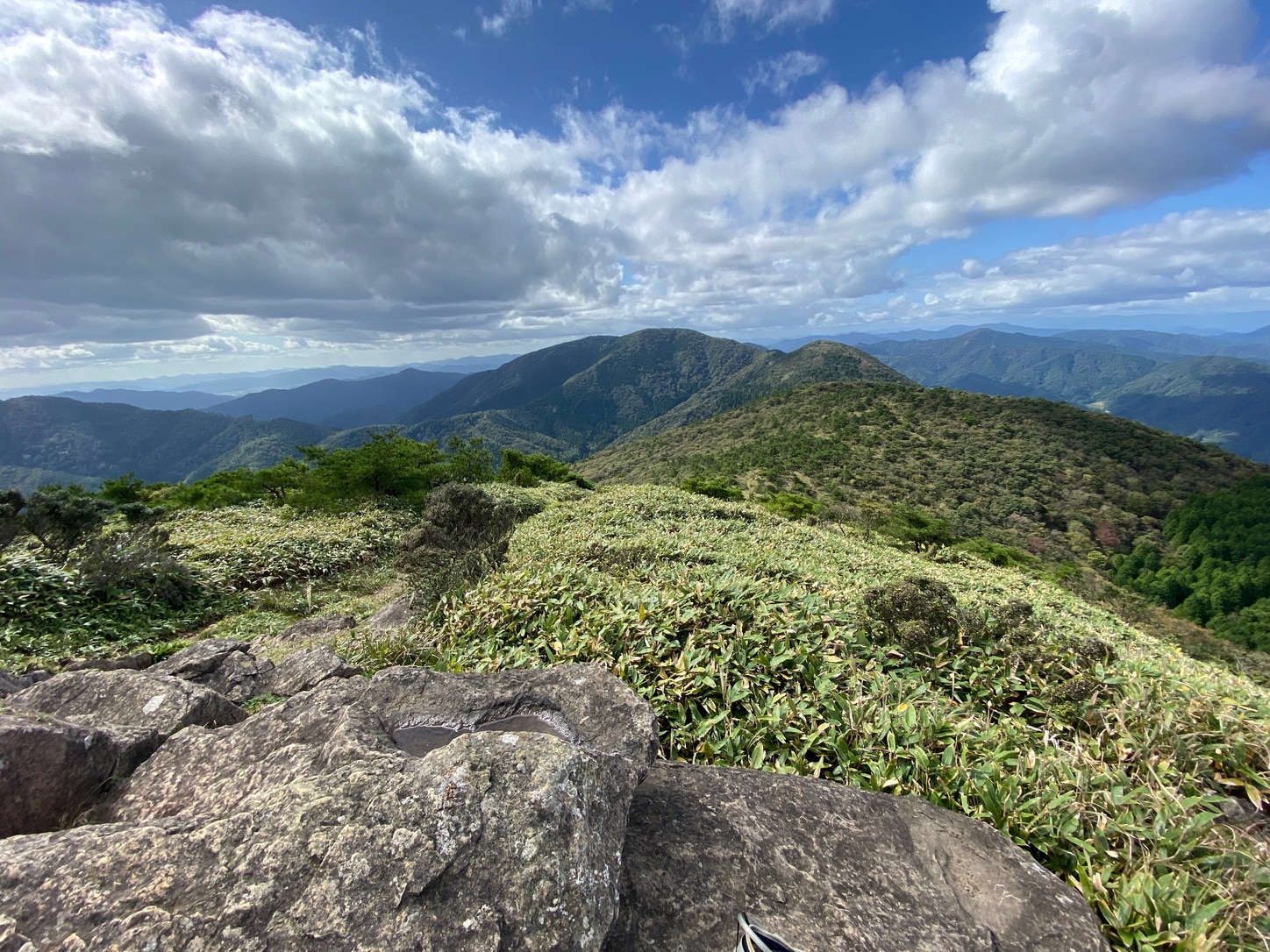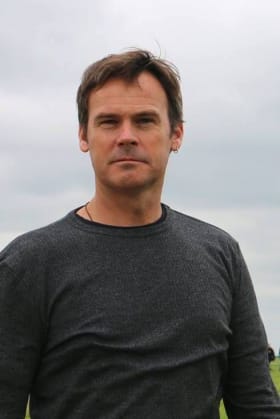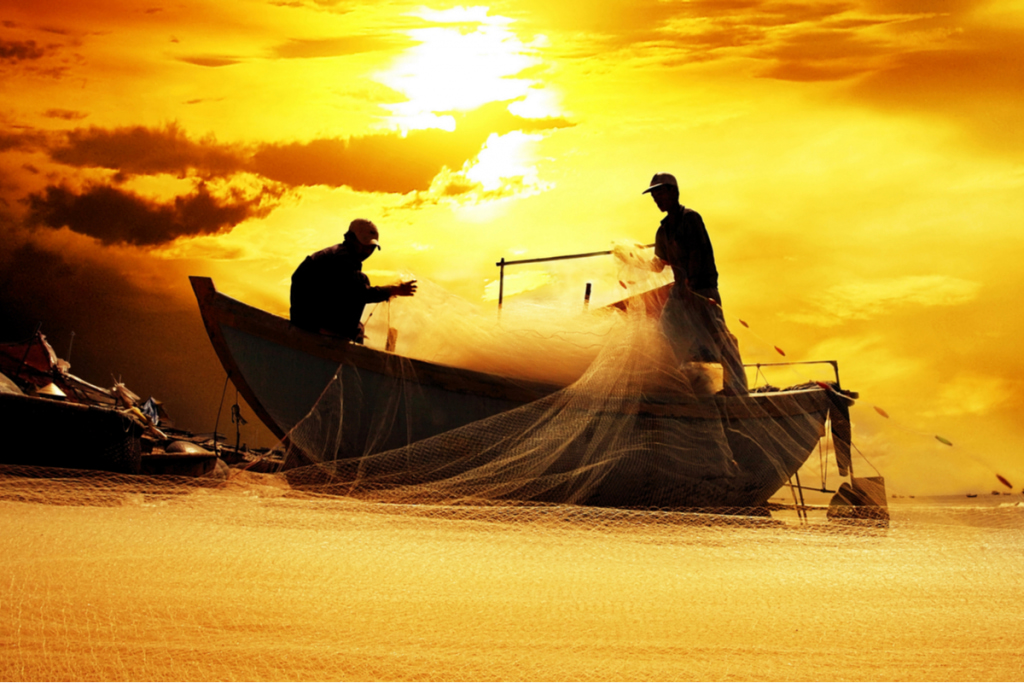Tokyo Weekender’s series TW Creatives feature various works by Japan-based writers, photographers, videographers, illustrators and other creatives in a bid to provide one additional platform for them to exhibit their talent. The works submitted here belong entirely to the creators — Tokyo Weekender only takes pride in being one of their most passionate supporters!
For our first December entry, we present a travel essay by Kyoto-based author Edward J. Taylor.
Going Up the Country

Taiza is a small village squeezed between large rock formations that are carved into bizarre shapes by waves whipped huge by frequent storms. Men fish in the shadows of shrines built into rock overhanging the sea. The gods within are the deified ancestors lost further out on these same waters. The shrines are weathered both by the salt air and their extreme age. The sheer number of these sacred places attests to the local folk trying to make sense of extreme natural phenomena born of harsh weather. Primitive science as formulated by religious ritual. And the men — presumably men — who held these ceremonies are buried in the hilly tombs further inland.
Further south still the high mountains begin. Among them is Oeyama. Besides its fine views of Amanohashidate, it is well know as a source for various Oni myths. Trails lead through high scrub to bizarre rock formations that were once these demons’ fortresses, but are probably now the lair of bears, who move through this dense cover, out of sight just off trail.
The human realm lies closer to the sea. Ine is a small, one-lane village stretching between the hills and the waters of the enclosed bay. An island at the bay’s narrow mouth protects the village from the storms, and as such it is considered sacred, the grounds off limits to all but a few fishermen. The catch here must be plentiful, for the houses here are all large and sprawling. Swallows flit above the front doors, bringing food to their newly hatched young. Across the road from the houses are small structures like garages, with large openings facing the sea, to house the fishing boats when typhoons come. On the second floor are small, simple rooms, where the younger generations sleeps when they return home from the new lives in the cities.

Like a koi that takes on the size proportional to the body of water containing it, the bigger communities lie where the mountains stop. In Miyazu, there is an old church, built of wood and tile, a perfect hybrid of Japanese and European architectural styles. Inside there is tatami rather than pews. I overhear a Japanese tourist say that she wants to use the toilet, and begins to step inside the confessional. The twain still haven’t met.
Where religion goes, commerce follows, and the moneyed class now fill the old sabbath days with leisure. Kotobiki Beach is packed with surfers. Around the cove is a small beach, where weekend warriors up from Osaka carve the waters with their jet skis. One of these drivers sits astride one of the bigger machines, his belly resting heavily on the seat. A small child of four or five sits behind him. The man, either through drink or inexperience or simple stupidity seems unable to handle this machine. He tries to pass through the surf break diagonally, and one large wave tips him and the boy and the machine sideways and over. The boy, without a grotesque belly of his own, is able to keep afloat with his life vest, through just barely. He’s struggling, eyes huge with fear. But his elder, his protector, swims to the overturned jet ski rather than to him. The boy’s mom shrieks at the man from the beach. I nearly join her.
This lack of perspective, the loss of priorities is apparent all across the countryside here. Unlike the koi, money grew to a point of overflowing during the Bubble years. When the money receded, it had washed away the things held dear for generations. Left behind is the detritus: abandoned Swiss Villages, decaying karaoke and pachinko joints, rusting ski lifts, massive empty parking lots. Like in the Arthurian legends, the sickness of the King brings ruin to the land.
Slowly, life is beginning to return. There’s a large number of people who have grown hollow in the cities, and are looking to return to a life of meaning. This is not only the retirees seeking out their simpler roots, but young couples look for sustainability. The King is dead. Long live the King.
About the Author
 Based in Kyoto, Edward J. Taylor’s work has appeared in The Japan Times, Singapore Straits Times, Kyoto Journal, Skyward: JAL’s Inflight Magazine, Resurgence, Outdoor Japan, Kansai Time Out, and Elephant Journal, as well as in various print and online publications. Graduate of the University of Arizona’s renowned Creative Writing program, he won the top prize in the Kyoto International Cultural Association Essay Contest, and now serves as a Contributing Editor at Kyoto Journal. Edward is the co-editor of the Deep Kyoto Walks anthology, and is currently at work on a series of books about walking Japan’s ancient highways. Edward J. Taylor is a member of the Writers In Kyoto. Find out more about him at
Based in Kyoto, Edward J. Taylor’s work has appeared in The Japan Times, Singapore Straits Times, Kyoto Journal, Skyward: JAL’s Inflight Magazine, Resurgence, Outdoor Japan, Kansai Time Out, and Elephant Journal, as well as in various print and online publications. Graduate of the University of Arizona’s renowned Creative Writing program, he won the top prize in the Kyoto International Cultural Association Essay Contest, and now serves as a Contributing Editor at Kyoto Journal. Edward is the co-editor of the Deep Kyoto Walks anthology, and is currently at work on a series of books about walking Japan’s ancient highways. Edward J. Taylor is a member of the Writers In Kyoto. Find out more about him at
notesfromthenog.
Want to be featured next? Reach out to us at [email protected]










